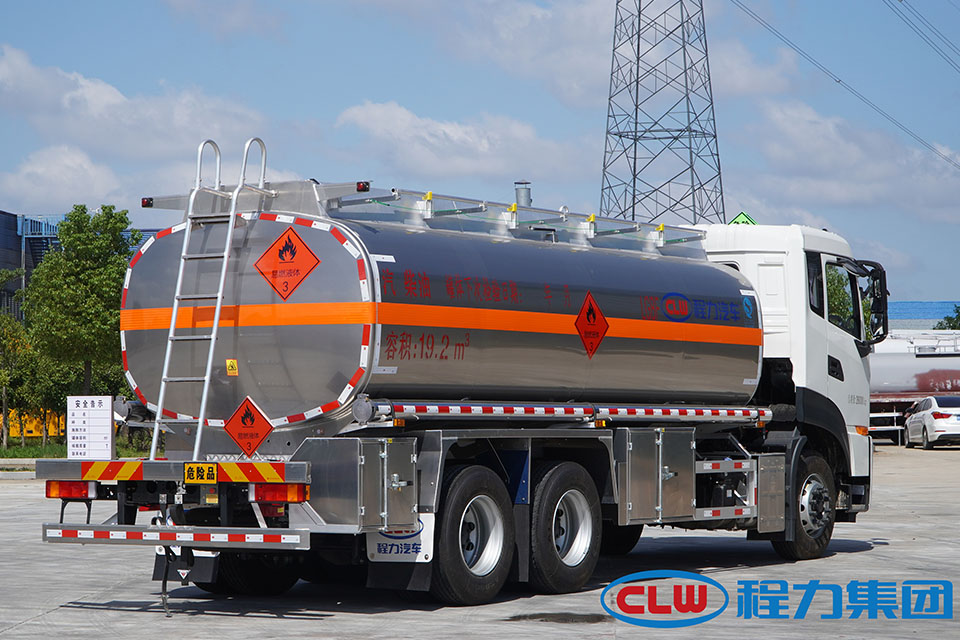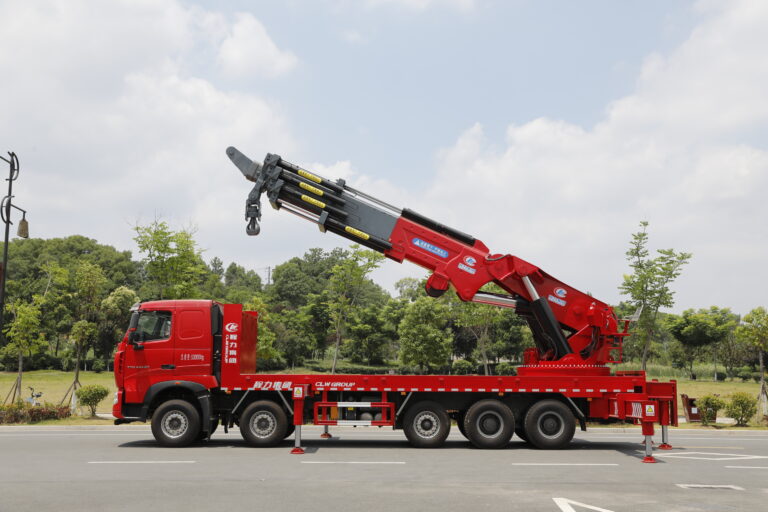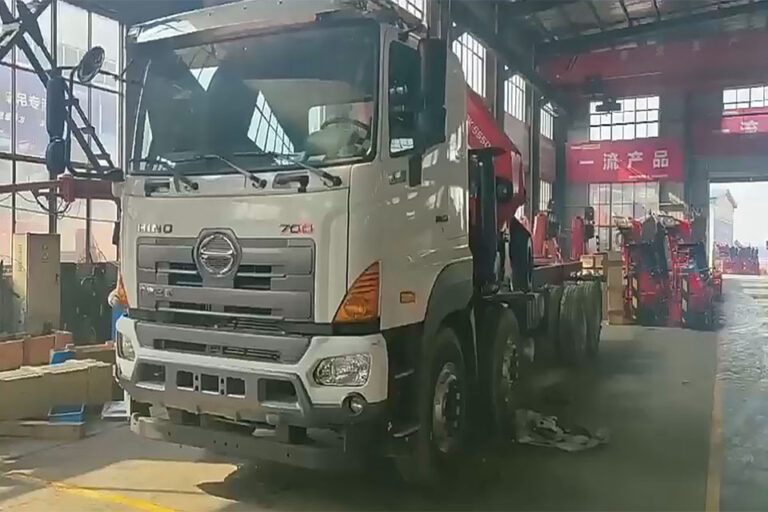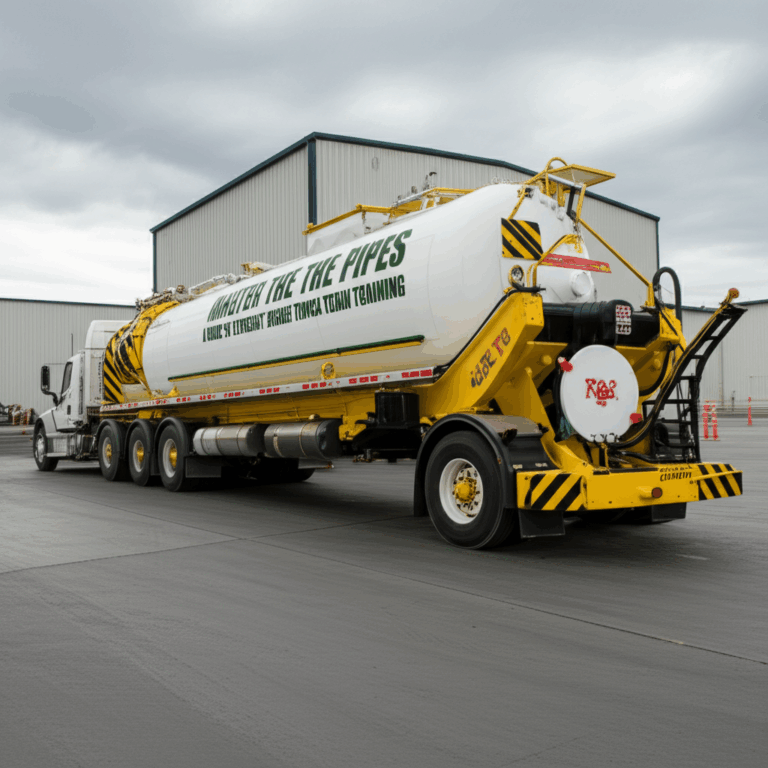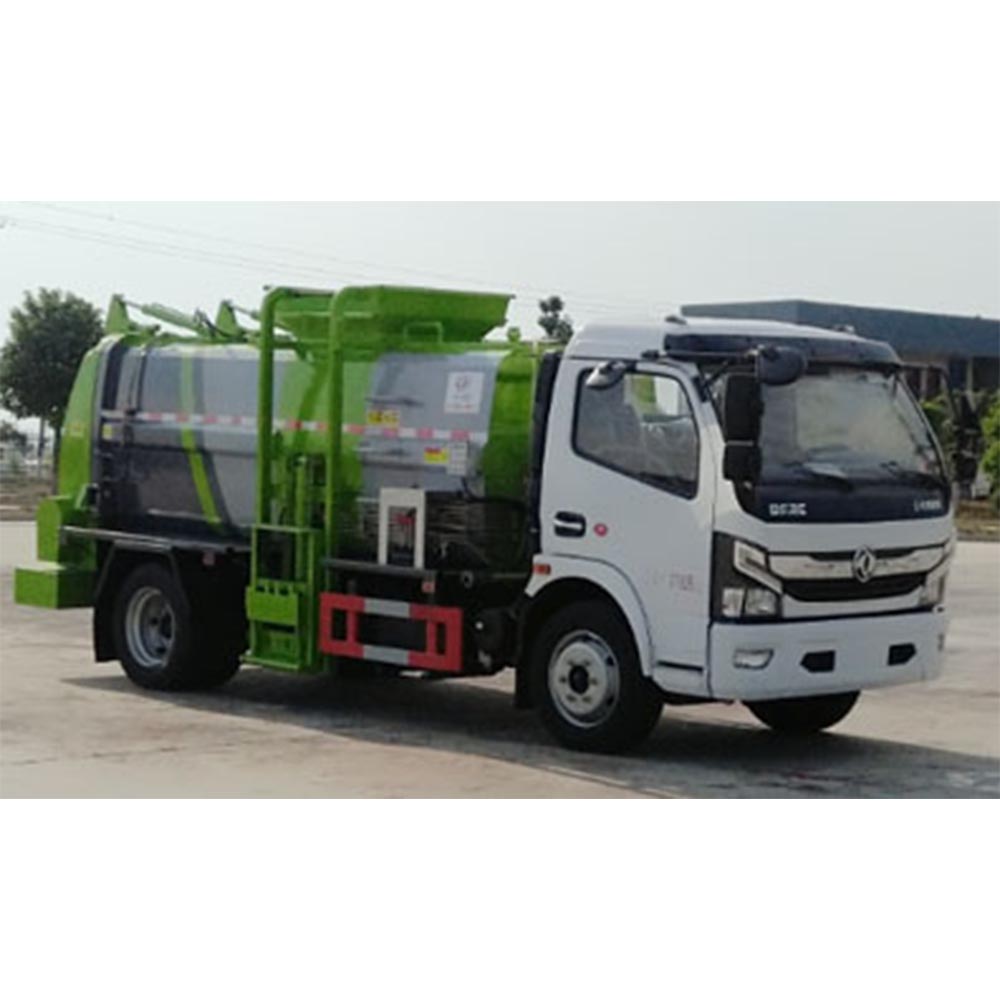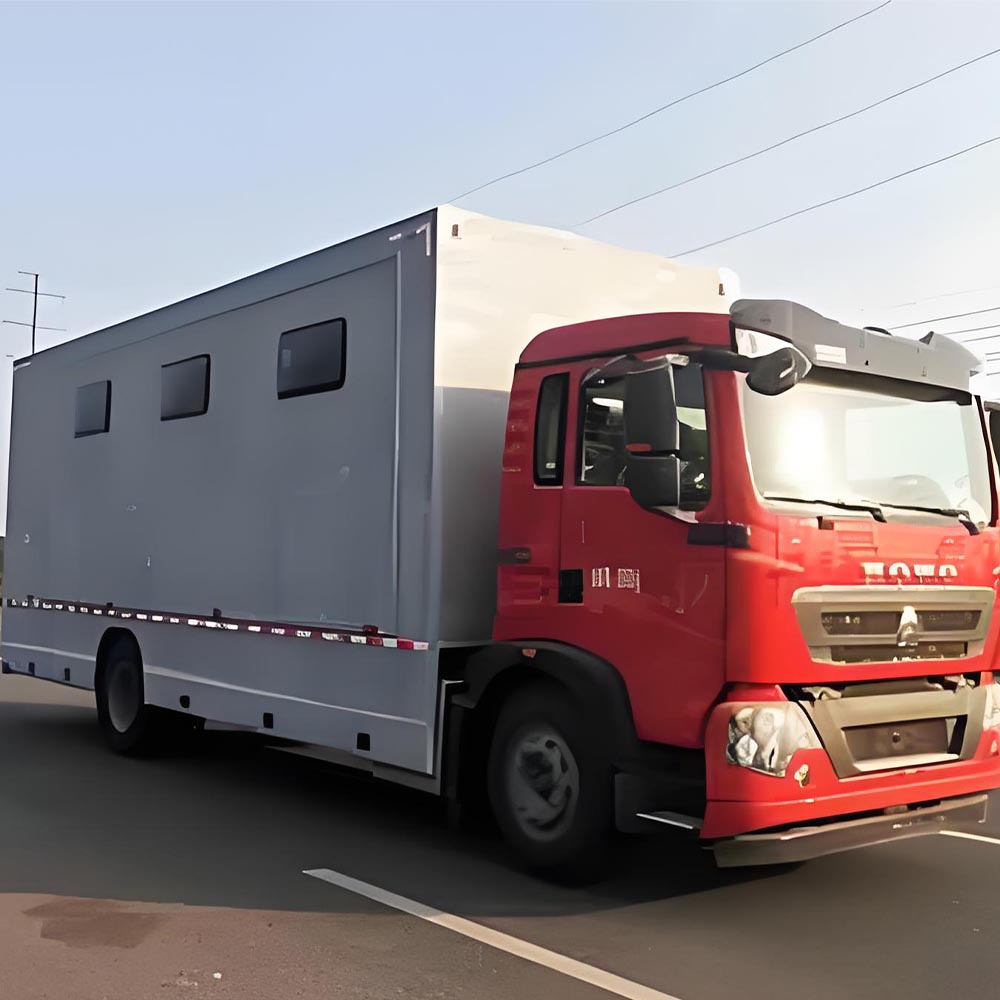-
Chengli Automobile Industry Park
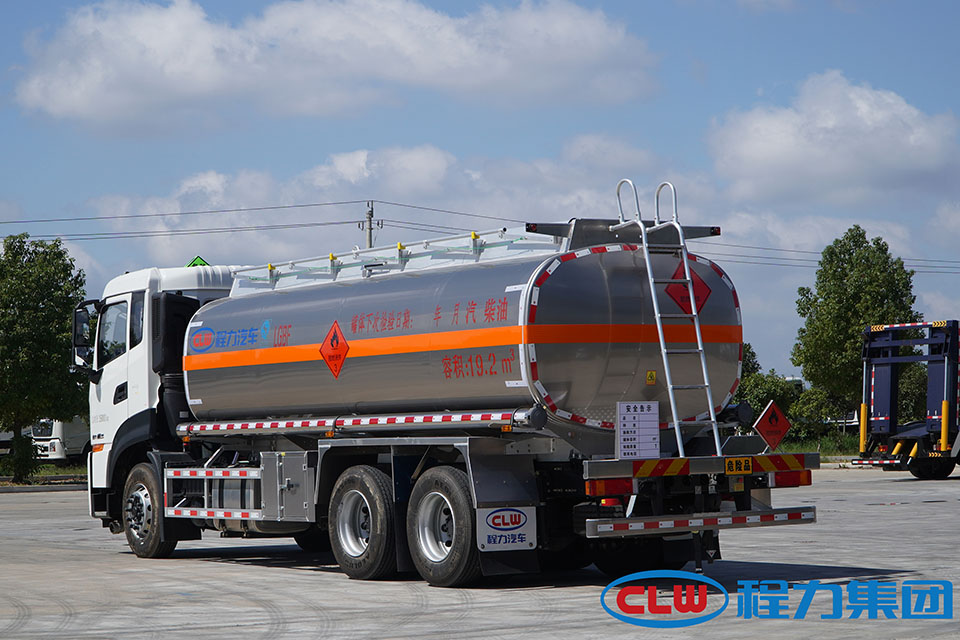
How are tanker trucks transported?
How Are Tanker Trucks Transported? A Complete Guide for 2025
Tanker trucks move many kinds of liquids across the country. These big trucks carry water, fuel, chemicals, and food products. But how do these big trucks get from one place to another? Let’s look at this in a way that is easy to understand.
Table of Contents
What Are Tanker Trucks?
Tanker trucks are special trucks made to carry liquids. They have big tanks that can hold different amounts of liquid. The tanks come in many shapes based on what they need to carry.
These trucks are very important for moving things we need every day. The tanks on these trucks are made to keep the liquids safe during the trip.
Tanker Truck Industry Overview
Global Reach
50+
Countries served by CLW tanker exports
Technical Strength
100+
Production qualifications held
Market Presence
1,786
Employees in the industry
Types of Tanker Trucks
There are many kinds of tanker trucks:
- Fuel tankers – carry gas and oil
- Chemical tankers – carry special chemicals that might be dangerous
- Food grade tankers – carry milk, juice, and other drinks
- Water tankers – carry clean water
Each type has special features to keep its load safe.
How Tanker Trucks Are Transported
Tanker trucks move in different ways based on where they need to go. Let’s look at the main ways:
1. Self-Transport (Driving)
Most tanker trucks get to where they need to go by being driven there. A trained driver sits in the cab and drives the truck on roads and highways.
Key facts about tanker truck driving:
- Drivers need special training and permits
- Trucks must follow special roads for dangerous loads
- Drivers check the truck before each trip
2. Transport by Semi-Trailer Tractor Trucks
When a tanker is too big or needs to be moved without its own power, it can be loaded onto a semi-trailer. These big trucks are made to carry heavy loads.
The tank part might be put on a special trailer that is pulled by a tractor unit. This is common when moving new or empty tankers.
3. Shipping by Sea
For tankers that need to go across oceans, big cargo ships carry them. The tanker trucks are driven onto the ships, tied down, and then shipped to other countries.
This method is used a lot for:
- New tanker trucks being sent to buyers
- Moving tanker fleets to new markets
- International shipping of specialized tanks
4. Rail Transport
Some tanker trucks are moved by train for long trips. The trucks are loaded onto special train cars called flatbeds and then secured for the journey.
This method:
- Uses less fuel than driving
- Can move many trucks at once
- Works well for long distances
Market Size and Growth
The tanker truck market is growing fast. Here are some important numbers:
| Category | Data/Statistic |
|---|---|
| Market Size | US tank trucking market: $61.73 billion (2025) |
| Growth Rate | 3.42% CAGR (2025-2030) |
| Future Value | Expected to reach $73.03 billion by 2030 |
| Employment | 1.59 million truck transportation jobs (2023) |
| Volume Growth | Truck freight volumes expected to grow 1.6% in 2025 |
This growth shows how important tanker trucks are for moving goods.
Major Companies in Tanker Transportation
Some big companies move most tanker trucks in the US:
- Kenan Advantage Group
- Trimac Transportation Inc.
- Martin Transport Inc.
- Miller Transporters Inc.
- Foodliner/Quest Liner Inc.
These companies have special trucks and trained drivers to move different kinds of liquids safely.
Safety Rules for Transporting Tanker Trucks
Moving tanker trucks must be done safely. Here are the main safety rules:
- Proper securing – Tanks must be tied down tight
- Weight limits – Trucks can’t be too heavy
- Speed rules – Drivers must go slower with full tanks
- Route planning – Some roads don’t allow dangerous loads
Case Study: Kenan Advantage Group
Kenan Advantage Group is a leading company that transports fuel and chemicals. They use:
- Advanced safety systems
- Regular driver training
- Real-time tracking of all trucks
- Special routes for dangerous loads
This has helped them become a top company in the field.
New Technology in Tanker Transportation
The way we move tanker trucks is changing with new technology:
AI and Data Systems
AI-driven automation and big data are making tanker truck management better. These systems help plan the best routes and save fuel.
Companies now use computers to track where every truck is and make sure they stay on schedule.
Environmental Changes
Many companies are trying to be better for the Earth:
- Electric tanker trucks are starting to be used for shorter trips
- Hydrogen-powered trucks are being tested for longer drives
- Better fuel economy in newer truck models
These changes will help reduce pollution from moving tanker trucks.
Equipment Demand in 2025
The need for different types of tanker equipment is changing:
| Equipment Type | Demand Trend | Reason |
|---|---|---|
| Light Truck Sales | 1.07 million (June 2024) | Growing delivery needs |
| Specialized Tankers | Steady increase | Special cargo requirements |
| Refrigerated Tanks | Higher demand | Food safety regulations |
| Regular Dry Vans | Lower demand | Market oversupply |
Challenges in Transporting Tanker Trucks
Moving tanker trucks can be hard for these reasons:
- Weight limits – Tankers are very heavy, especially when full
- Special permits – Many places need special papers to allow tanker trucks
- Road restrictions – Not all roads allow tanker trucks, especially with dangerous loads
- Weather problems – Bad weather makes moving tankers more dangerous
- Clean Truck rules – New laws about truck pollution are changing how tankers move
The Future of Tanker Truck Transportation
Looking ahead to 2025 and beyond, we see some big changes coming:
More Eco-Friendly Options
The transportation sector unemployment rate was 3.6% in January 2025, showing strong job growth in this field. Many of these new jobs will be in green transportation.
New types of tanker trucks that make less pollution are being made:
- Electric-powered tankers
- Hybrid tanker systems
- More fuel-efficient models
Better Tracking Systems
New ways to track tanker trucks will become normal:
- GPS systems that show exactly where each truck is
- Sensors that check the tank contents all the time
- Automatic alerts if something goes wrong
Growth in Specialized Transport
The need for special tanker trucks will grow as industries need more specific types of liquid transport. The Liquid Transport Truck market is growing fast as companies need more ways to move different liquids.
How to Choose a Tanker Transportation Company
If you need to move a tanker truck, here’s what to look for:
- Safety record – Check if the company has had accidents
- Proper permits – Make sure they have all the right papers
- Experience – Look for companies that have moved your type of tanker before
- Insurance – Check that they have good insurance
- Modern equipment – Newer trucks and equipment are usually safer
Load-to-Truck Ratios and Freight Rates
The balance between supply and demand affects tanker truck rates:
- Load-to-truck ratios remain above last year’s levels
- The market still has more trucks than loads in many areas
- Rate recovery is limited by this imbalance
This means prices for moving tanker trucks may not go up much in 2025.
Understanding the Transport Process
When a tanker truck needs to be moved, these steps happen:
- Planning – Choose the best way to move it
- Preparation – Get the tanker ready (clean, inspect, secure)
- Permits – Get any special papers needed
- Loading – Put the tanker on a transport vehicle if needed
- Transport – Move the tanker to its destination
- Delivery – Safely unload the tanker at its final stop
Case Study: Foodliner/Quest Liner
Foodliner specializes in moving food-grade tankers with temperature-controlled systems. They have:
- Special cleaning procedures
- Temperature monitoring during transport
- Dedicated food-grade tank trailers
- Specially trained drivers for food transport
This focus has made them a leader in food tanker transportation.
Employment in Tanker Transportation
The job market for tanker transportation is strong:
- 1.59 million truck transportation jobs in 2023
- Low unemployment rate (3.6% in January 2025)
- High demand for drivers with hazmat certification
- Growing need for technicians who understand new tanker technology
The Fuel Tanker Truck industry especially needs qualified drivers as demand grows.
Conclusion
Tanker trucks move in many ways – by driving on roads, on ships across oceans, on trains for long trips, or on special trailers pulled by other trucks. The market for tanker trucks is growing fast, with new technology making transport safer and better for the environment.
As we move into 2025, we’ll see more eco-friendly tanker trucks, better tracking systems, and more specialized transport options. Companies that move tanker trucks must follow safety rules and have the right equipment to do the job well.
Whether you need to move one tanker or a whole fleet, understanding these basics will help you make good choices about how to transport your valuable tanker trucks.
